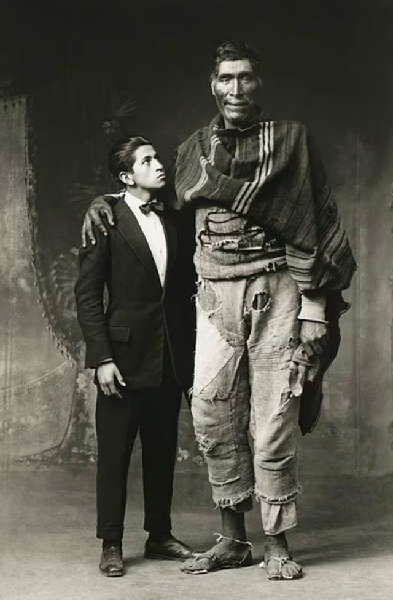The digital catalog of the Martín Chambi Photographic Collection, which contains more than 40,000 negatives, is now available to the public free of charge on the Internet.
Martín Chambi’s work has been part of the National Heritage since 2019, and since its recognition, the restoration and conservation of the images have continued.
The initiative was promoted thanks to an agreement between the Martín Chambi Association and the National Bookshop, with the support of the BBVA Foundation.
The Asociation Martín Chambi comprises 17 descendants of the Puno photographer and aims to ensure that his valuable legacy is preserved and maintained.
The digital catalog creation phase is part of the Chambi Archive Rescue and Safeguarding Project, which will occur between October 2021 and July 2023.
This phase has received financial support from the United States Ambassador’s Fund for preserving Peru’s Cultural Heritage.
By winning the first prize, the Association was able to assemble a full technical team of curators and photographers.
This financial support enabled the physical conservation, digitization, and cataloging of photographic negatives.
Now, after almost two years of work on the archive, the images are stored in special containers in a repository that is constantly monitored for humidity, temperature, and dust control.
The Collective Access software, which specializes in the management of art collections, was used for the project.
According to the Association, the program has enabled the cataloging of information on the digitized images to be edited and completed.

The Giant of Paruro (1925).
Contents of the archive
The digital archive makes it possible to search for images by character name, place, costume, and genre, revealing little-known photographs.
The images show the social reality of Peru in the southern Andean region of Cuzco, Arequipa, and Puno during the first half of the 20th century.
The collection includes the first expeditions to Machu Picchu, traditional festivals, military parades, work on the haciendas, the Andean landscape, and, above all, many individual and family portraits.
The faces of men, women, and children from all walks of life were portrayed in Martín Chambi’s photographic studio in Cusco.
Some 364 people have been identified and some 679 historical contexts with timelines have been created.

Oral proceedings before the Supreme Court (1929).






